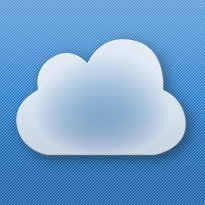Desktops and enterprise systems in healthcare will disappear with the rise of mobile technology and cloud-based solutions, the co-chairman of Health 2.0 has said.
Speaking at EHI Live 2013, Matthew Holt, who runs the American health conference in Silicon Valley, said that as more patient information is collected and shared electronically, enterprise systems will become less common.
“The desktop is eventually going to die and enterprise systems will go with it, and the cloud will make that easier,” said Holt.
He added that healthcare was playing catch-up with other industries when it came to IT, and that it needed to address three issues to get the most out of technology.
The first is mobility, in the sense of making sure that users can access information easily, wherever they need it. As an example, Holt said that patient access to records is quite low in the US.
But the ‘blue button’ initiative, in which a blue button is added to a page to show patients they can view and download their medical records has spurred interest.
“There are about 100m people whose organisations have signed up to the blue button,” he said. “Patient ownership and access to your own data is incredibly important.”
The second issue, he said, are trackers. People can already measure their own blood pressure, record their exercise activity, and use scales that are connected to Wi-Fi and other networks.
But it is not yet clear how healthcare providers can take advantage of this data.
“We are going to be generating data from a lot of different sources and how to present that to clinicians in a usable way is a challenge,” he said. “It’s about creating better information-based decisions at the point of care.”
Lastly, Holt said that the usability of electronic health records is hugely important.
“What we’ve seen in the last few years in the states, has been the installation of electronic health records and correlation with very dissatisfied doctors,” he said. “We really have a crisis in the usability of EHRs.”
However, Holt said that he was positive about the new technology emerging in the healthcare space and that companies were focusing a lot more on user experience.
He also predicted that new technologies would enable patients to become the holders of their own medical records. “The patient is the best place to centralise the information,” he said.

